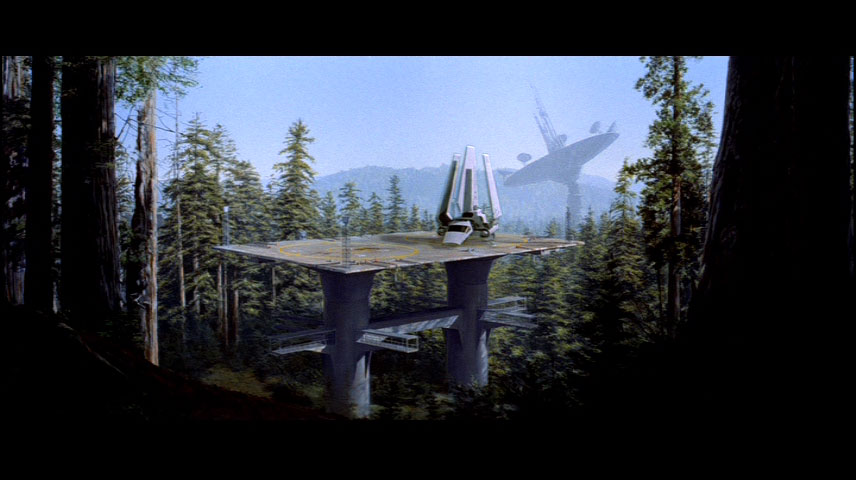Originally Posted by
cooker
Highly unlikely the underground tubes will have a big impact on the integrity of the rock around them.
You're thinking short term. This is the same reason people don't realize how much radioactive waste can build up in 10,000 or 50,000 years. If we start drilling tunnels in bedrock and continue fracking, it is going to speed up the erosion of those deep underground areas. Water is going to seep into those underground caves and press toward the ocean, forging rivers. Rivers always carry eroded sediments and so those pathways will gradually grow and widen through time. Eventually sinkholes will give way from the surface and there will be large valleys.
There is a zip line canyon park in Ocala that is built over such valleys that were formed by limestone mining about 100 years ago. Now the slopes have reforested and the area is very pretty and natural looking, but when you realize they mined all the way down to the aquifer, it doesn't take much abstract analytical thought to realize that they also accelerated a process of erosion that might otherwise have taken millennia to occur, if it ever did.
You see, water is not just weathering and eroding and washing debris out to sea. It is also growing biomass, which drops sediments and builds up the ground an inch or so per year. If we allow it to do that instead of accelerating erosion processes, we could actually end up with more land in the distant future instead of less and that would be a good thing for future humans.


(Waterworld Cosner 1995
https://en.wikipedia.org/wiki/Waterworld )
The tubes themselves will be pretty rigid, but even if one collapses or is abandoned, it's likely the landscape won't change much. There are already massive caverns underground all over the place due to erosion or tectonic activity or volcanic activity, many of which we have no idea are even there, and any hyperloop tunnels are never going to compare in scope.
Unless they set a precedent that results in multiplication of such underground tunnel systems through time. How long has it been since the first underground train systems were built, i.e. NYC, London, Moscow, etc.? 50-100 years? How many will be dug/built in the next 500?
Above ground tubes will only work in very flat areas, if you don't want to cut into hills or ridges.
What would be really smart would be to have trains that go up a mountain and then launch out of the tube before extending wings and gliding to a landing destination, or using VTOL tech to land on a pad. Musk piqued my interest a few years ago when he mentioned the possibility of electric VTOL planes, because I thought batteries would be too heavy for flight.
I know this is sci-fi, but it is a good example of how landing pads (and other inhabitable architecture) could be built above thriving forest canopies in order to restore natural biomass ecology to the land.

At the speed they will run, the curves and elevation changes would have to be so minimal that any variation in the landscape will pose problems. Look at how highways in hilly areas have lots of cuts through low ridges. The hyperloop has to be much straighter and flatter. If there is a 100 foot high ridge coming up, the tube would have get up onto almost 100 foot high pylons miles before the ridge if you didn't want to cut a channel for it, and didn't want the passengers to feel like they are on a roller coaster.
As I said, allowing them to launch out of the tubes and then gliding before landing would be a good solution.